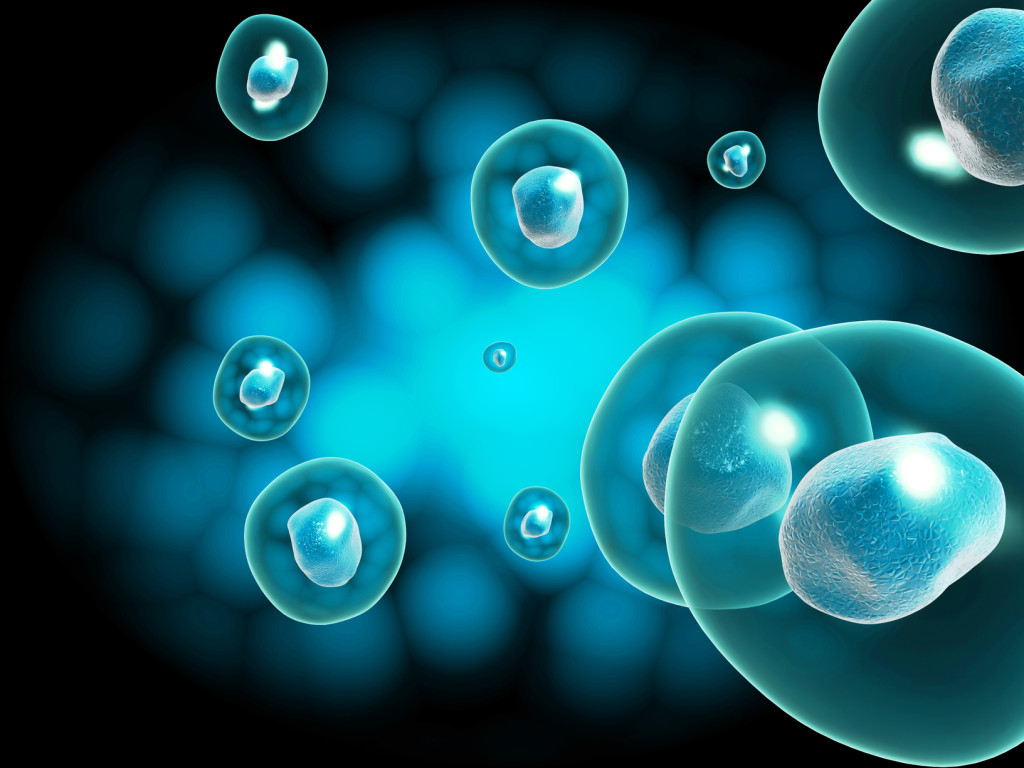The past few years have seen major change within the global cord blood banking industry, with new trends emerging, shifts in public perception toward cord blood storage, improving techniques for the use of cord blood in cellular therapy, and more.
The post below discusses important trends in umbilical cord tissue storage and the degree to which these trends are impacting cord blood market participants.
How the Cord Tissue Banking Market Began
The storage of umbilical cord tissue has been a significant trend within the cord blood industry over the past few years. The reason to store both umbilical cord blood and tissue is that they contain different types of stem cells, each with the potential to treat different types of injury or disease. In cord tissue banking, 4-8 cm of the umbilical cord is collected, placed in the tissue collection kit, and transported to a cord blood bank for processing and storage.
While the collection process and reasons for storage are very similar to umbilical cord blood, cord tissue banking only emerged as a commercial option in 2008, while cord blood banking has been commercially available since 1995.
Specifically, in 2008 a Taiwanese company, HealthBanks Biotech Company Ltd., first began offering cord tissue storage to complement its cord blood banking services, making it the first company worldwide to offer this option.
Shortly after the launch of cord tissue storage as a service within Taiwan, Hong Kong based companies followed, recognizing the opportunity for product expansion, and began offering the service. Healthbaby began to offer cord tissue storage in 2009, and shortly thereafter, Cryolife did as well.
Launch of the service by these two companies accelerated the trend of cord tissue storage within Asia, making the region an early geographic leader in umbilical cord tissue preservation. Since the introduction of cord tissue in 2008, cord tissue banking has become commonplace, with most major international cord blood banks now offering the service.
Within the U.S., the Cord Blood Registry was the first private company to begin offering umbilical cord tissue storage, a service which it initiated in July 2010. Now, nearly half of private U.S. cord blood banks offer the service.
Cord Blood vs. Cord Tissue Storage
The major medical difference between cord blood and cord tissue is the types of stem cells that each contains.
Cord blood, contains hematopoietic stem cells (HSCs), which mature into blood and immune cells. As such, cord blood stem cells currently have the potential to treat 81 diseases and conditions, such as cancer, leukemia and lymphoma, anemia, metabolic disorders and other congenital immune deficiencies.
Cord tissue, on the other hand, contains mesenchymal stem cells (MSCs), which mature into cells that form the skeletal and structural components of the body, such as cartilage (chondrocytes), bone (osteoblasts), fat (adipocytes), and other forms of connective tissue. There are not yet any conditions known to be treatable with cord tissue.
Therefore, parents electing to pay higher costs to store this tissue are doing so in hope of future medical advances being made with the stem cells sourced from this tissue.
Clinical Trials Investigating Cord Tissue MSCs (CT-MSCs)
There are a number of clinical trials underway that are investigating the therapeutic potential of mesenchymal stem cells derived from umbilical cord tissue.
Specific conditions being researched for their potential to be treated with stem cells derived from cord tissue include:
- Cartilage repair
- Diabetes
- Heart disease
- Human Immunodeficiency Virus (HIV)
- Liver Disease
- Stroke
- Serious wounds
- Spinal cord injury
- And more
Alternative Sources of Mesenchymal Stem Cells
Mesenchymal stem cells (MSCs) can also be derived from other tissue sources besides the newborn umbilical cord. Specifically, MSCs can be derived from adult sources that include adipose tissue, peripheral blood, and bone marrow, as well as from neonatal tissues that include parts of the placenta and umbilical cord.
This is significant because pre-clinical and clinical advances with the use of MSCs derived from other sources than cord tissue will also create a greater willingness among researchers to explore medical applications for cord tissue derived mesenchymal stem cells.
About BioInformant
BioInformant is the first and only market research firm to specialize in the stem cell industry. BioInformant research has been featured on major news outlets that include the Wall Street Journal, Nature Biotechnology, Xconomy, and Vogue Magazine. Serving Fortune 500 leaders that include GE Healthcare, Pfizer, and Goldman Sachs, BioInformant is your global leader in stem cell industry data.
To learn more, view the “Complete 2015-16 Global Cord Blood Banking Industry Report.”
